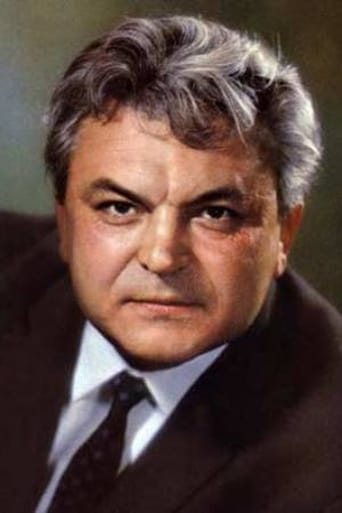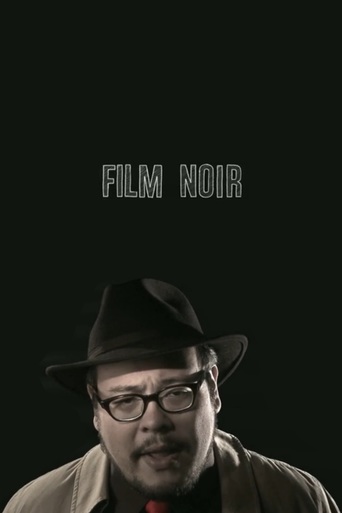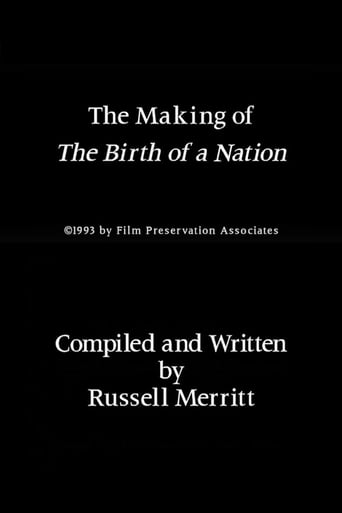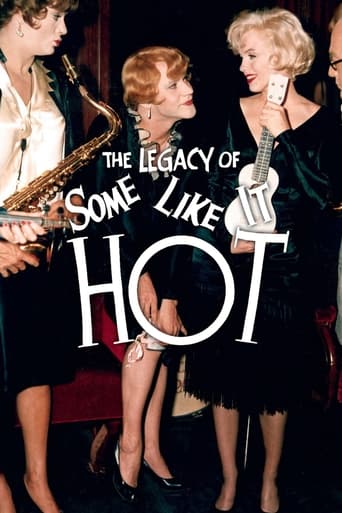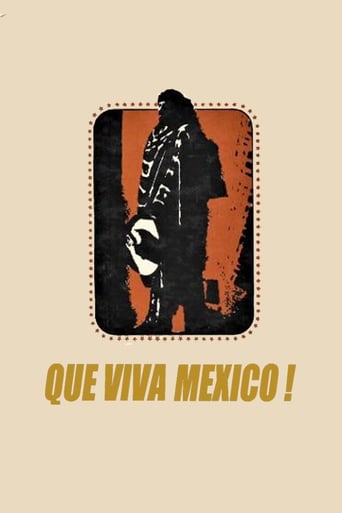

Que Viva Mexico! (1979)
Eisenstein shows us Mexico in this movie, its history and its culture. He believes, that Mexico can become a modern state.
Watch Trailer
Cast
Similar titles
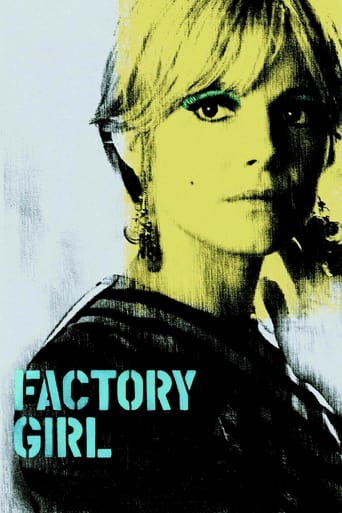
Reviews
I don't have all the words right now but this film is a work of art.
Admirable film.
Fun premise, good actors, bad writing. This film seemed to have potential at the beginning but it quickly devolves into a trite action film. Ultimately it's very boring.
All of these films share one commonality, that being a kind of emotional center that humanizes a cast of monsters.
It's unbelievable how everything can be art when you look through the eyes of a genius. Sergei Eisenstein: the master of editing, the great father of Russian cinema, a role model for other famous directors like Charlie Chaplin or Andrei Tarkovski; author of cinematic masterpieces like Battleship Potemkin, Ivan the Terrible and Alexander Nevsky. Now we have his version of his Mexican adventure: "Que Viva Mexico!" an epic semi-documentary lost in time. Why was it lost in time for decades? Because no one in Russia or in the USA trusted this film enough to show it. Eisenstein was a nobody when he arrived in the USA to plan another project, the soviet authorities didn't want him in the USSR due to his polemic point of views of the October Revolution and the czarism. Sergei adored Mexico because of its beauty and its hospitality. Famous Mexican painters like Diego Rivera, Frida Kahlo and David Alfaro Siqueiros, along with his Russian partner Trotsky, helped him to inspire. Eisenstein filmed his version of the Mexican traditions and he was very close. As a Mexican, I didn't realized how magical these traditions were until I watched this film. A really good film maker knows how to show the real life in a fantastic way. Now, do I have to say the name of this really good film maker? I don't think so, I think you already know. "Que Viva Mexico!" highly recommendable, Mexican fellows: watch it, this is your real country.
The pleasure of the film is in the noble vistas of the kind Social Realist (aka Marxist) directors so excel at creating. It is horribly marred, however, by an absolutely puerile view of Mexican society and history. Not only are both viewed from a naive Marxist perspective, but the original material being twisted to fit a Marxist perspective is already twisted by Eisenstein's foolish inventions. His fascination with his own surreal idea of Mexican countrywomen walking around without shirts betrays a leering attitude toward women and an almost unbelievably patronizing attitude toward Mexico, which becomes a sort of south Pacific paradise of sexually liberated and smiling honeys. The purely pagan wedding ceremony in Indian dress including feathers belongs to the Hollywood genre of Shangri-la. The sequence in the maguey plantation is visually very interesting, but the narrative is about as unreal and stupid as was ever seen on film. This film is to be recommended only for its visuals, and even this will be enjoyed by very tolerant viewers.
Considering that Que Viva Mexico was (mostly) made by Sergei Eisenstein, and funded by Upton Sinclair, the most happy surprise is that the film isn't overloaded with the kind of communist/socialist propaganda that would be immediately expected. It's not that this would be a bad thing in the technical sense; Eisenstein, on the front of being a pure visionary, couldn't be stopped no matter how thin he stretched himself for his means as a director who had to stay to party/country guidelines. And for Sinclair, the meatier the context the better the hyperbole. But with Que Viva Mexico! we get a view of the people and customs like out of a measured fever dream. We're given more-so the customs and the traditions, the practice of a marriage, the bullfights, some of the context of the history behind those 'Day of the Dead' parades. Only here and there are any blatant pleas seen and heard loud and clear (mostly involving the poorest of the poor in the lot).Actually, it could be something, in a sense, comparable to Werner Herzog in attempting the documentary form. It's not quite fiction, but it's presenting documentary in a stylized manner, where things aren't simply stock footage but very much a set-up of the construction of drama in the scenes and scene-location specific shots and angles. And like Herzog, Eisenstein has a poet's eye for visions that many might only see in the most remote history books or travelogues. While the accompanying narration for Que Viva Mexico is a little on the creaky end, there's no lack of splendor for the senses as far as getting an eye full of carefully picked locals (i.e. the girl Concepcion for the marriage scenes) or for mixing real documentary footage of the bullfight with careful constructed shots of the bullfighter before and after the fact. Even the music plays a nifty role in the dramatization of events. And here and there, especially as the film rolls along in its last third, a subtle sensation of the surreal drifts into the proceedings.Unfortunately, like It's All True for Orson Welles, Que Viva Mexico remains something of a carefully plucked fragment from a lost bit in the director's career. It's a minor marvel, and certainly more than a curiosity for the die-hard documentary or Mexican history buff, but it's stayed obscurer than Eisenstein's more infamous pieces (Potemkin, Alexander Nevksy) for a reason. Despite all the best intentions to simply reveal the cultural day-to-day workings and a little of the socio-political context of the Conquistadors' impact, it's a cool curiosity at best.
In 1931, Sergei M. Eisenstein, Grigori Aleksandrov and another crew member moved to USA, to work for Paramount, but the agreement never happened. The team decided to go to Mexico to make a movie about its history and culture. They joined some Mexican intellectuals, traveled around Mexico trying to assimilate the culture of the people, and shot film. However, for some unexplained reason, the laboratory that revealed the films in Hollywood, kept them and sent them to a Museum in New York, and Eisenstein was never able to edit his movie. In 1979, the Soviet Union government retrieved the fragments and Grigori Aleksandrov edited this movie, based on the notes and storyboard of Eisenstein. "¡Que Viva Mexico! - Da zdravstvuyet Meksika!" is divided in three parts. The first one (introduction) gives a historical panel of Mexico and the Mexican people. The second part is a fiction based on the dramatic fate of a bride, submitted to the powerful farmer of the area close to her wedding day, and her fiancé, his brother and two friends trying to rescue her. The conclusion of the story would be called ""Soldadera", the wives of the soldiers, and would be based on the revolution of Mexican people. Unfortunately Eisenstein had no more budgets to film the rest of the story. The last part, called Epilog, is about the celebration of the "memorial day' (day of the dead "dia de finados"), with the population wearing masks of skull and celebrating death. The footages are amazing, considering they were shot in 1931. My vote is seven.Title (Brazil): "Viva Mexico!
